Retirement Isn’t an Age. It’s a Cash Flow Problem.
Retirement Isn’t an Age. It’s a Cash Flow Problem.
We’ve all grown up with the idea that retirement happens at 65.
But here’s the thing:
65 is just a number on a calendar. It’s not a financial requirement. It’s not a rule. And it’s definitely not a finish line.
Retirement doesn’t happen when you hit a certain age.
It happens when your money works harder than you do — and can cover your lifestyle without running out.
If that’s happening at 50, you’re retired.
If that’s not happening at 70, you’re not.
So instead of asking, “When can I retire?”
The real question is:
Does my cash flow support the life I want, without relying on a paycheck?
Let’s break that down.
Meet Karen (and Her Horses)
Karen owned a successful interior design firm. At 58, she was ready to sell the business and move to the countryside. Her dream? A quiet life with a few horses, a big garden, and enough time to finally breathe.
On paper, she was in great shape:
$3.4 million in investable assets
No debt
Modest lifestyle plans
A paid-off home
But she wasn’t pulling the trigger. Why?
Because she was paralyzed by questions:
What if the market crashes?
What if I live longer than expected?
What if the horses get expensive? (They did.)
Are horses tax-deductible? (Sadly, no.)
Despite having “enough,” Karen didn’t feel ready — because she didn’t know how her money would actually work for her in retirement.
That’s where we came in.
The Real Retirement Problem: Cash Flow Confidence
Karen didn’t need more money.
She needed a system to turn her portfolio into income — and the confidence that it wouldn’t run out.
Here’s the strategy we built for her:
1. Short-Term Cash Bucket (Years 0–2)
We carved out 24 months of expenses and parked it in ultra-low-risk, liquid investments — mostly cash and cash-like instruments.
This gave Karen permission to breathe. She knew she could live comfortably for two years without touching her portfolio, no matter what the market did.
This is the psychological foundation of retirement income:
Peace of mind begins with access to cash.
2. Intermediate Assets (Years 3–10)
Next, we set up a sleeve of intermediate-term investments designed for income and stability:
Bonds
Dividend-paying stocks
Shorter-duration assets with less volatility
These assets were expected to fund years 3–10 — allowing her long-term investments to stay untouched and continue growing.
3. Growth Assets (Years 10+)
This was the core of her remaining portfolio:
Globally diversified equities, growth-oriented funds, and assets with a long runway.
The purpose? Growth. This is what protects against inflation, rising healthcare costs, and longevity risk.
And here’s the key:
Because her short- and intermediate-term needs were covered, we didn’t have to sell these assets during a down market.
4. Flexible Harvesting Strategy
Markets go up and down. Retirement spending does too.
So instead of blindly withdrawing the same amount every month, we implemented a harvesting strategy:
In strong markets, we trim gains from long-term assets
In weak markets, we pull from the cash and bond buckets
We rebalance along the way
This approach gives Karen flexibility. She isn’t reacting to headlines. She’s following a plan.
The Result?
Today, Karen lives on a beautiful piece of property. She’s adopted three horses (and counting). She gardens, she travels, and she sleeps well at night.
Best part?
She hasn’t touched her long-term portfolio once.
She’s retired — not because of her age, but because her money is working for her, on a system that adapts over time.
What Most People Get Wrong About Retirement
Most retirement calculators assume:
Fixed spending
Fixed returns
A single “magic number”
That the market always cooperates
In the real world?
Spending is lumpy.
Returns are unpredictable.
Life doesn’t fit into a spreadsheet.
Which is why retirement is a cash flow problem, not a math problem.
At Compound Advisory, we build retirement income plans that reflect how people actually live — with vacations, medical bills, market swings, and the occasional splurge (or horse).
The Retirement Cash Flow Checklist
Here’s what you need to retire confidently — regardless of age:
12–24 months of expenses in cash or cash-like reserves
A mix of intermediate-term assets for stability
Growth assets for the long run
A harvesting strategy that adjusts based on market conditions
Tax-aware withdrawal planning
A system that reduces emotional decision-making
Final Thought: Retirement = Freedom
Retirement is not about a date.
It’s not about a number.
It’s not even about “work” — plenty of people keep working by choice.
Retirement is about freedom.
It’s about knowing your money can fund your life — whether the market’s up, down, or sideways. It’s about shifting from accumulation to distribution with a strategy that’s smart, flexible, and built around you.
So if you’ve sold your business, built up savings, or just want to know whether “enough” is actually enough…
Let’s talk.
At Compound Advisory, we help people like Karen — and people like you — design retirement plans that work in real life.
Ready to make the move from spreadsheets to real strategy?
Let’s build a retirement income plan that gives you confidence — and peace of mind.


